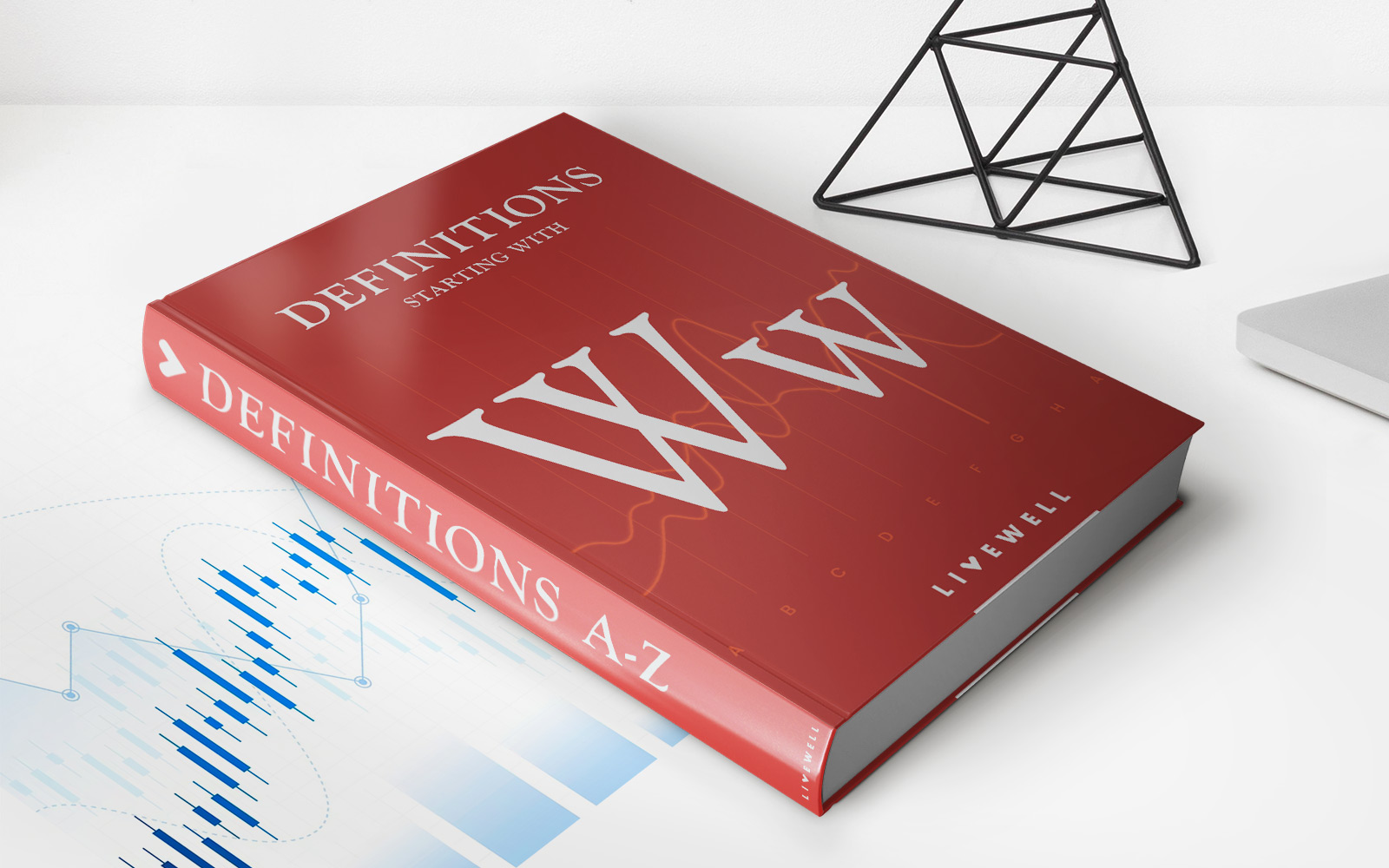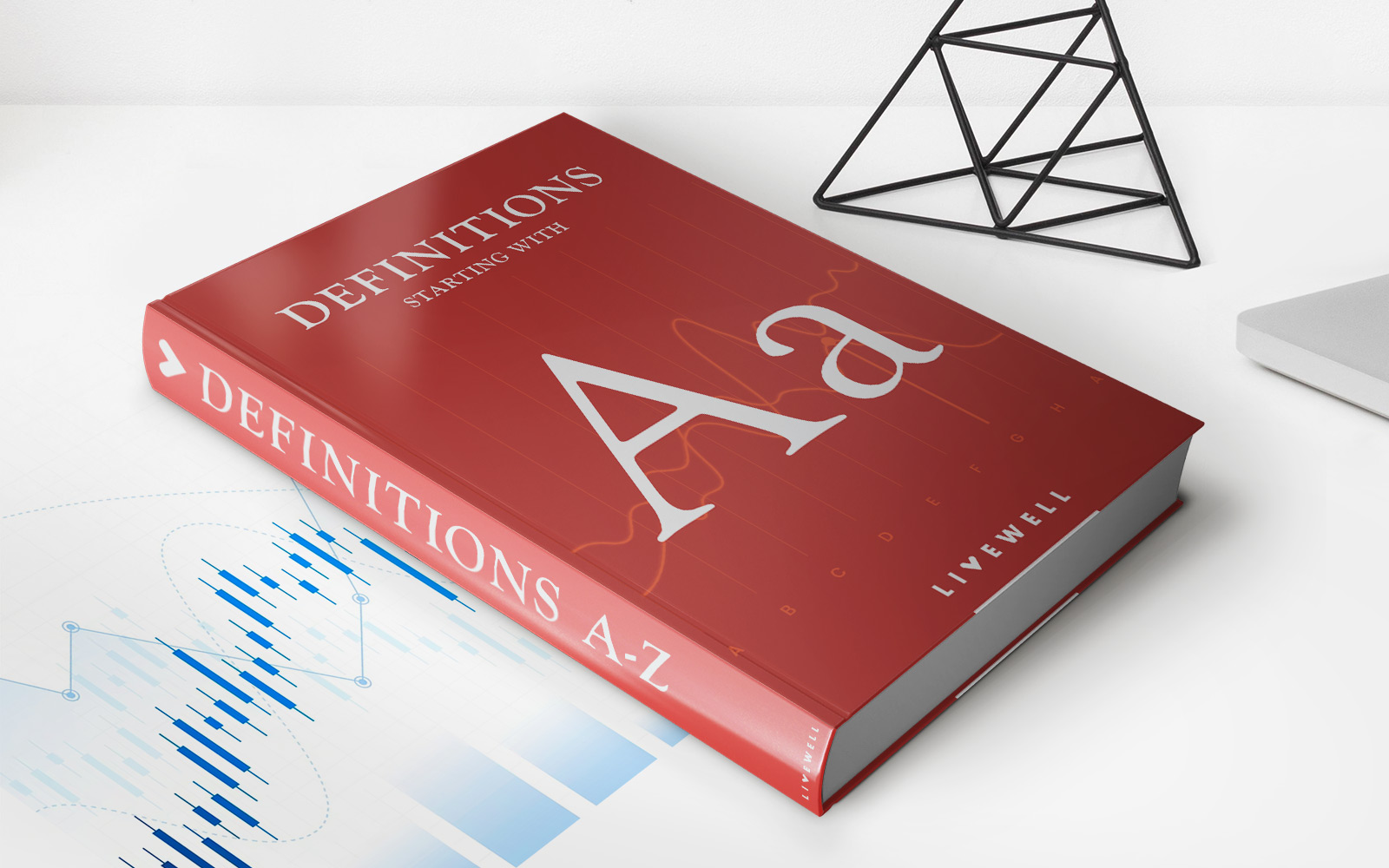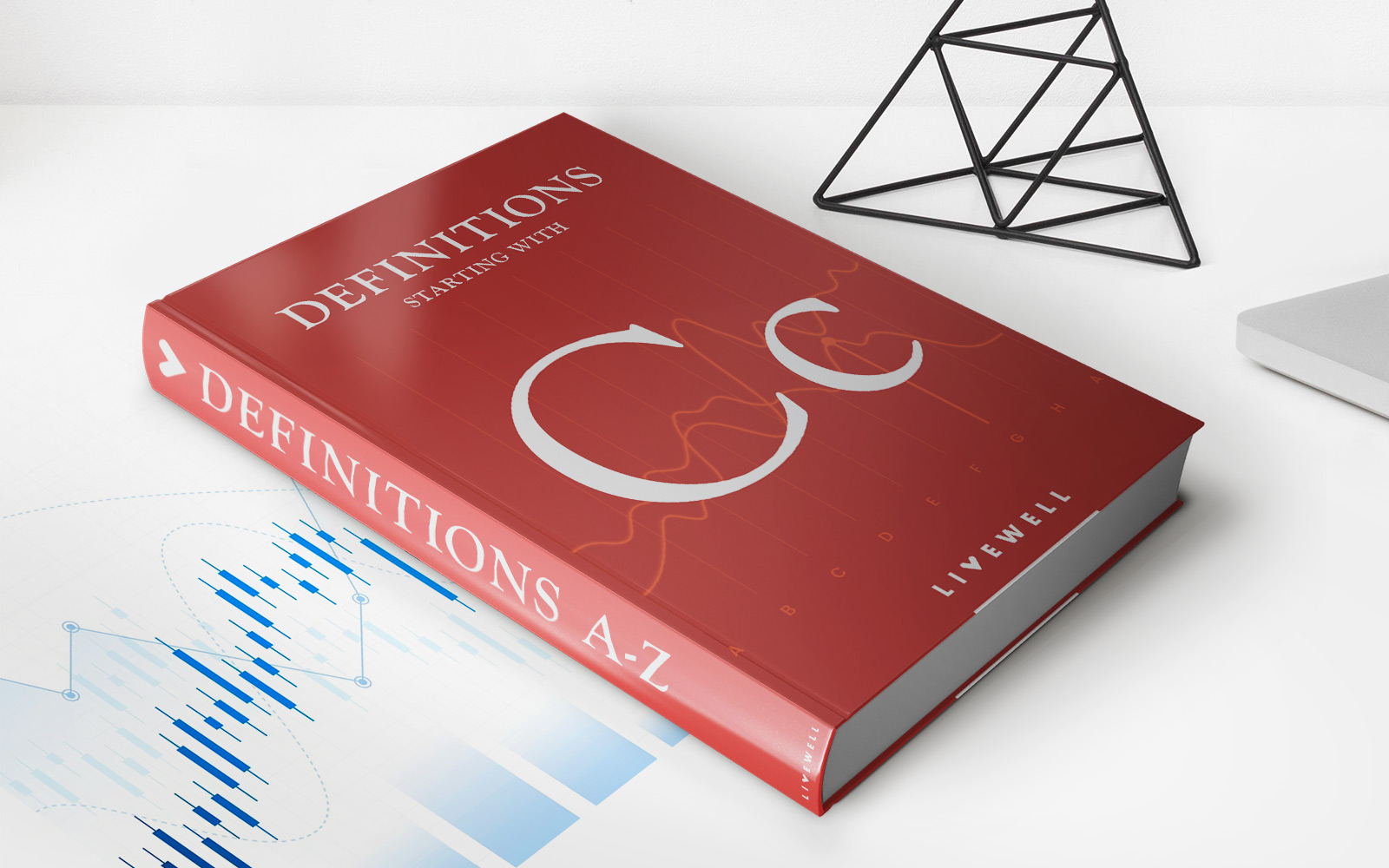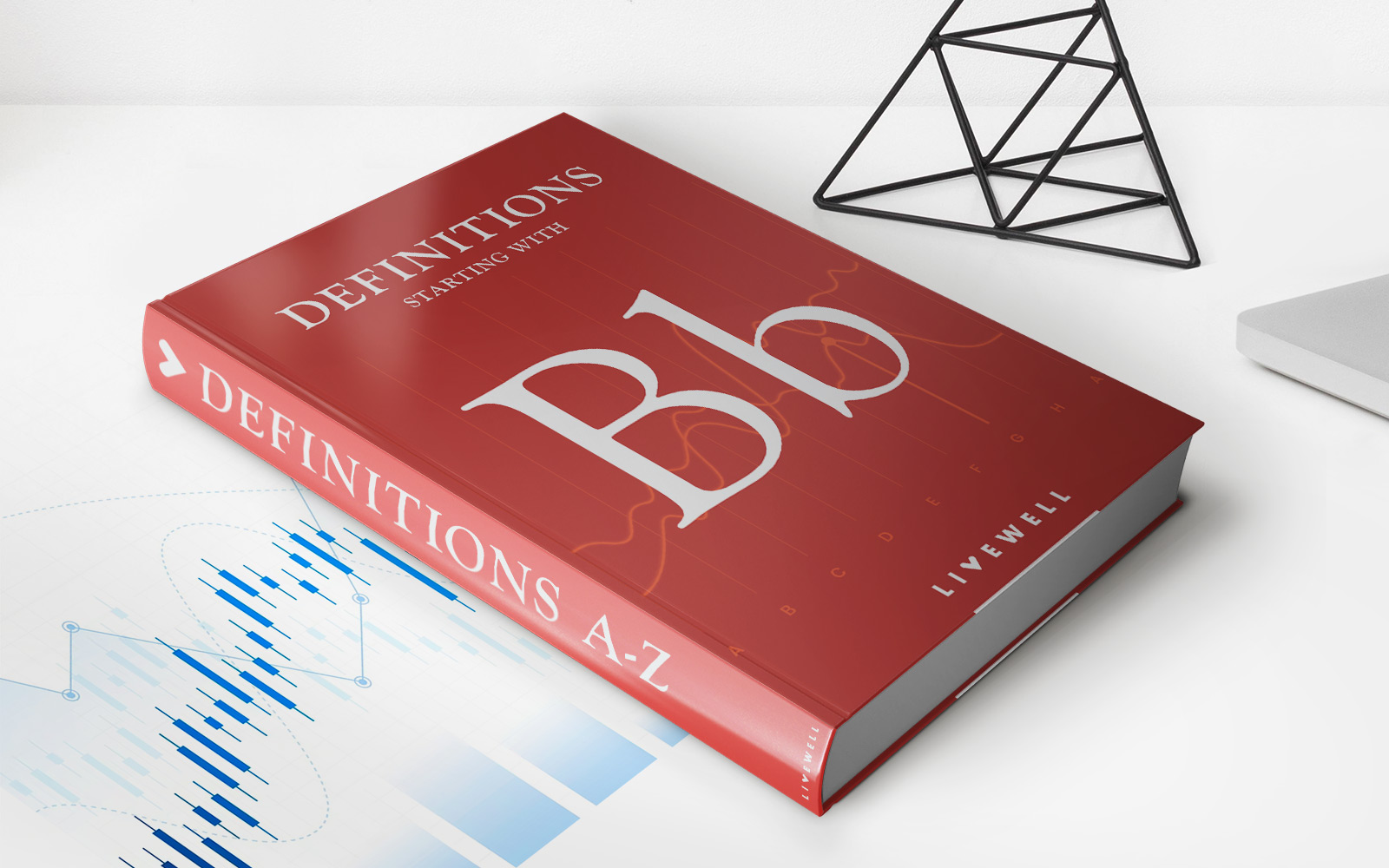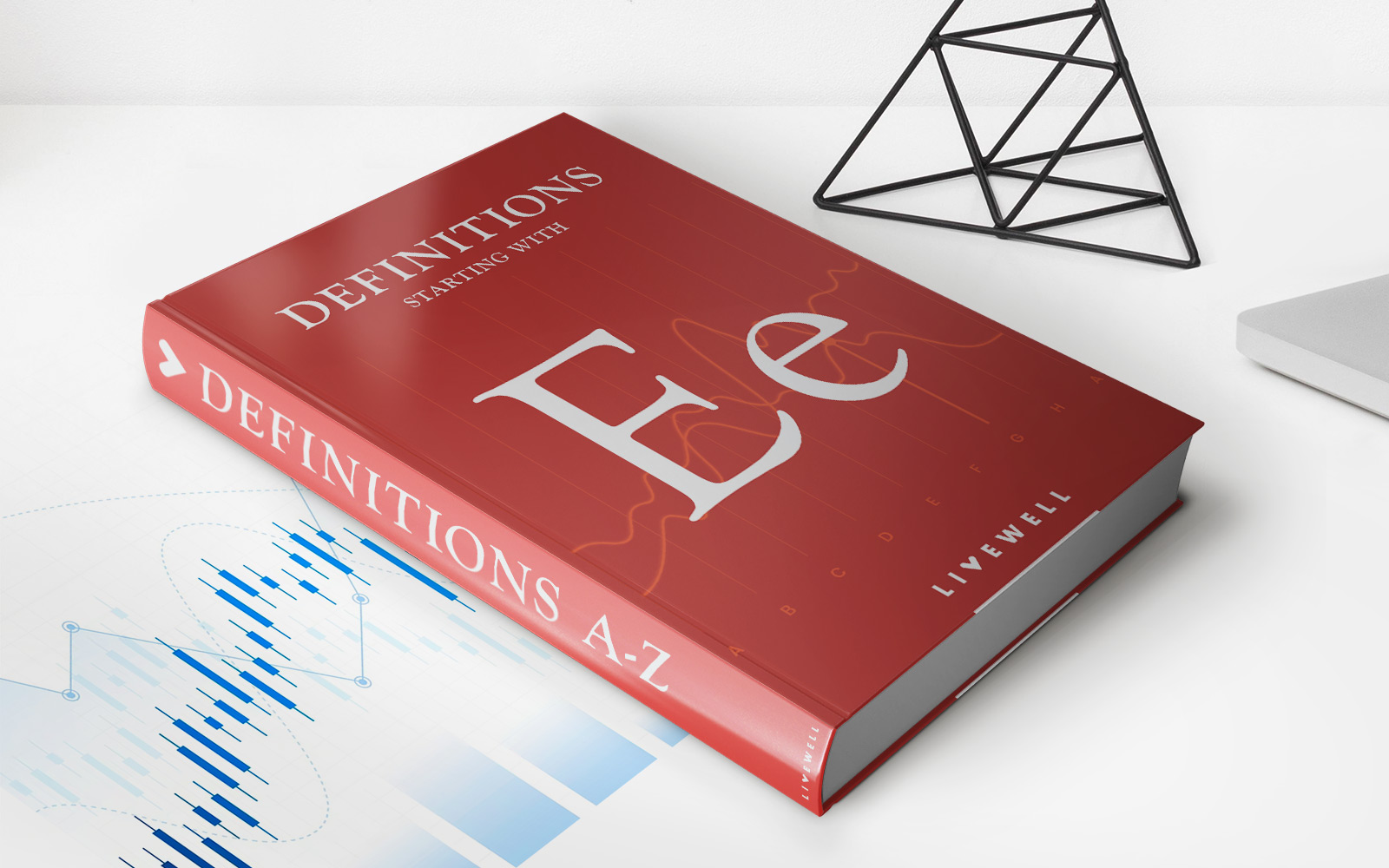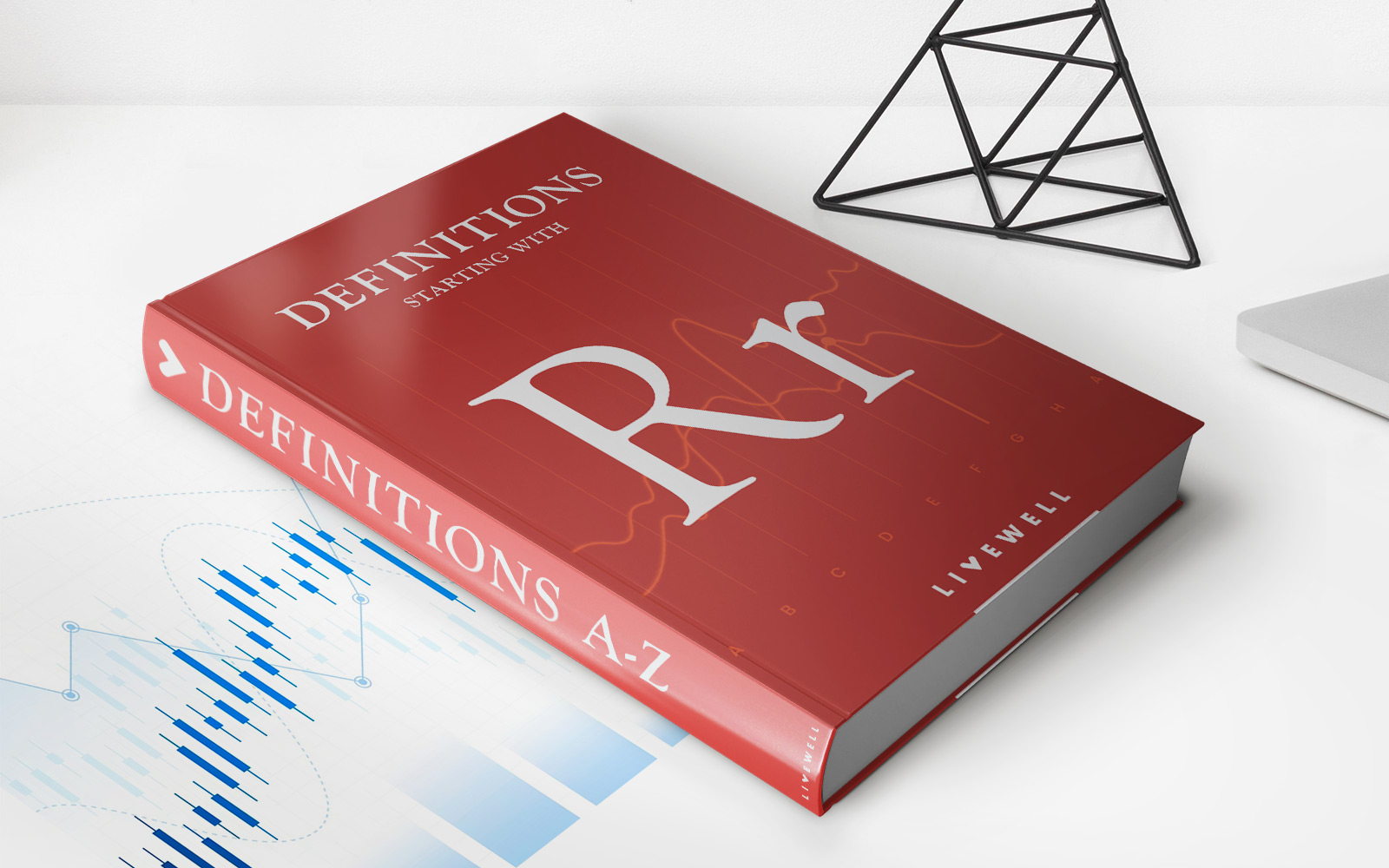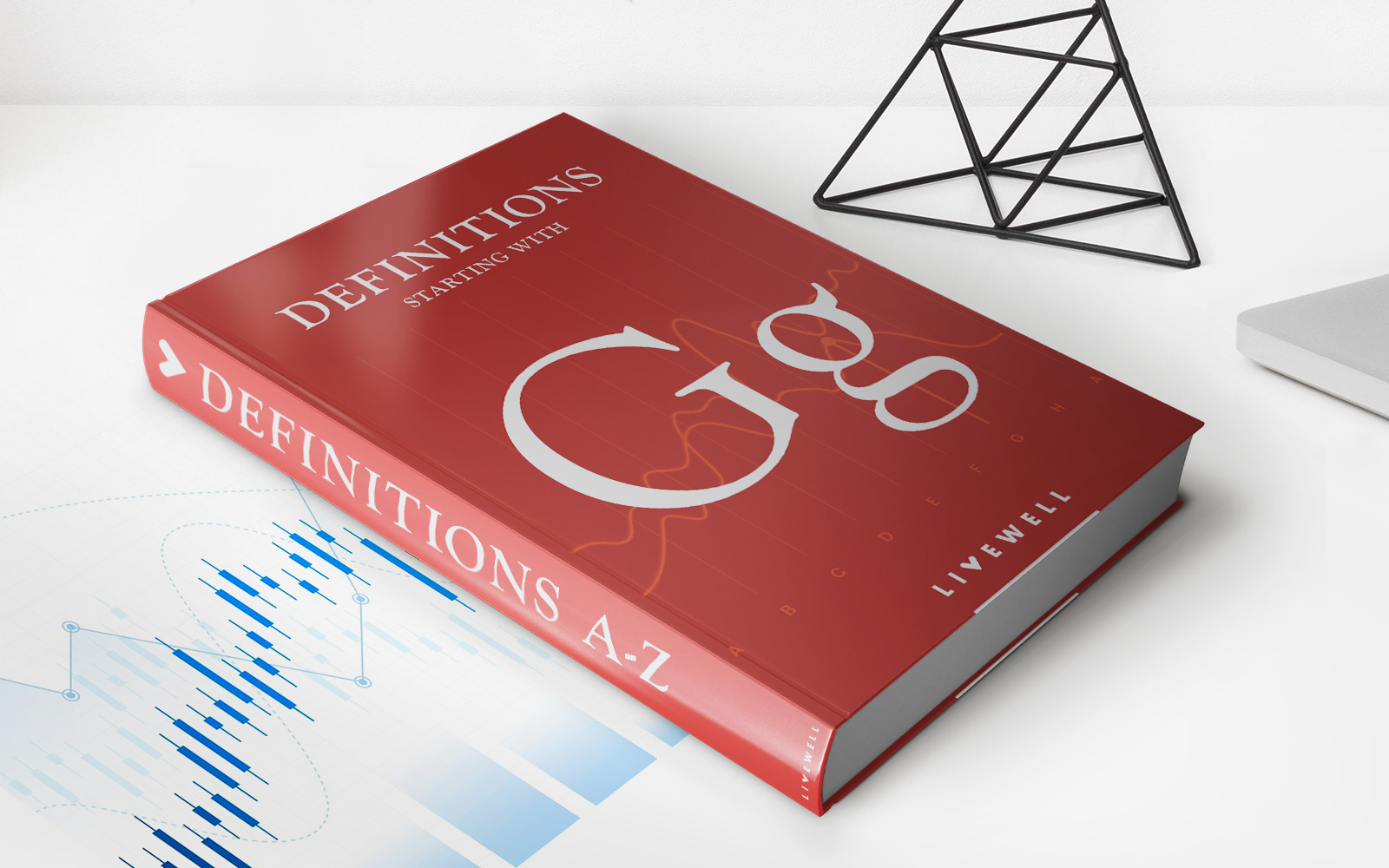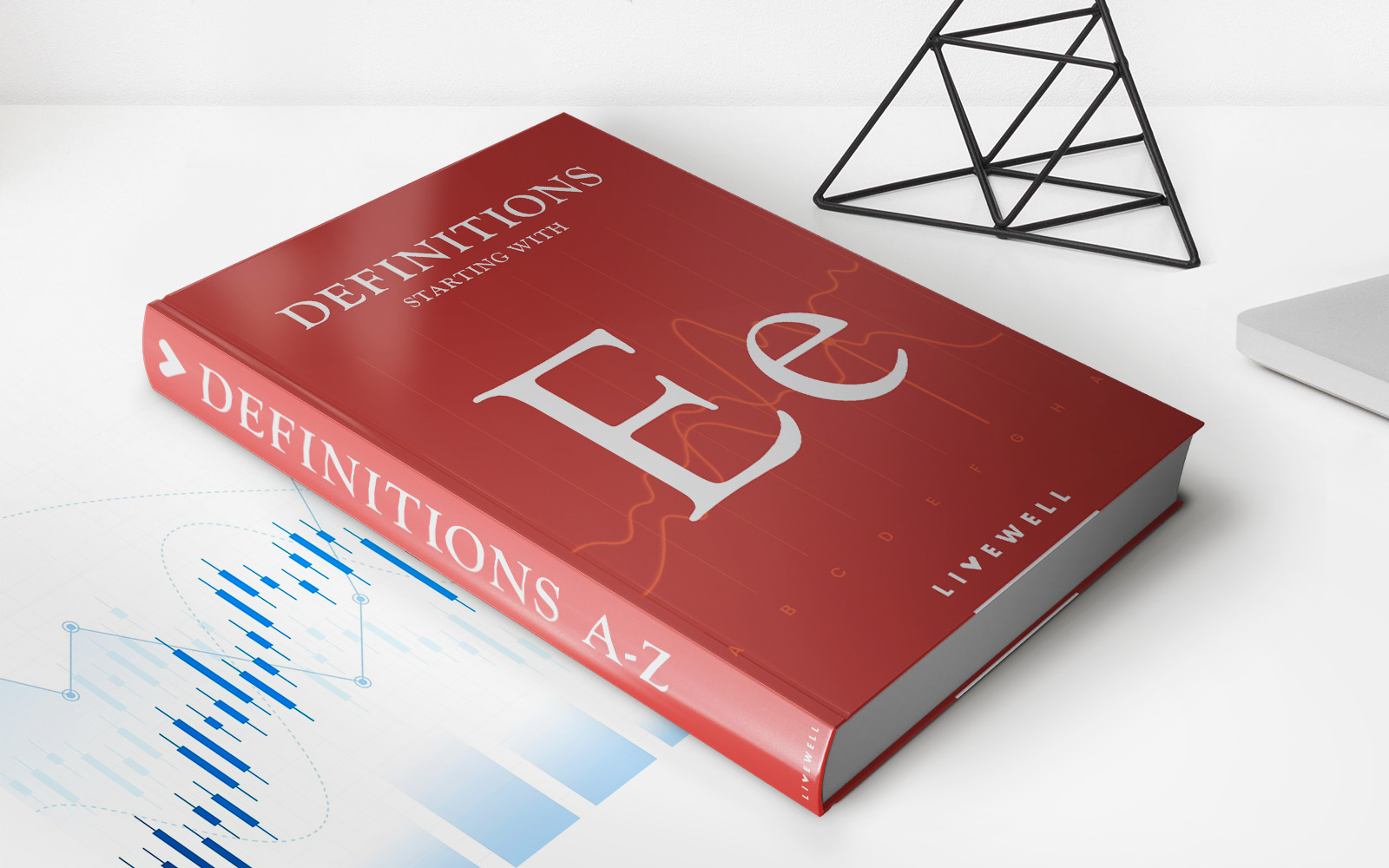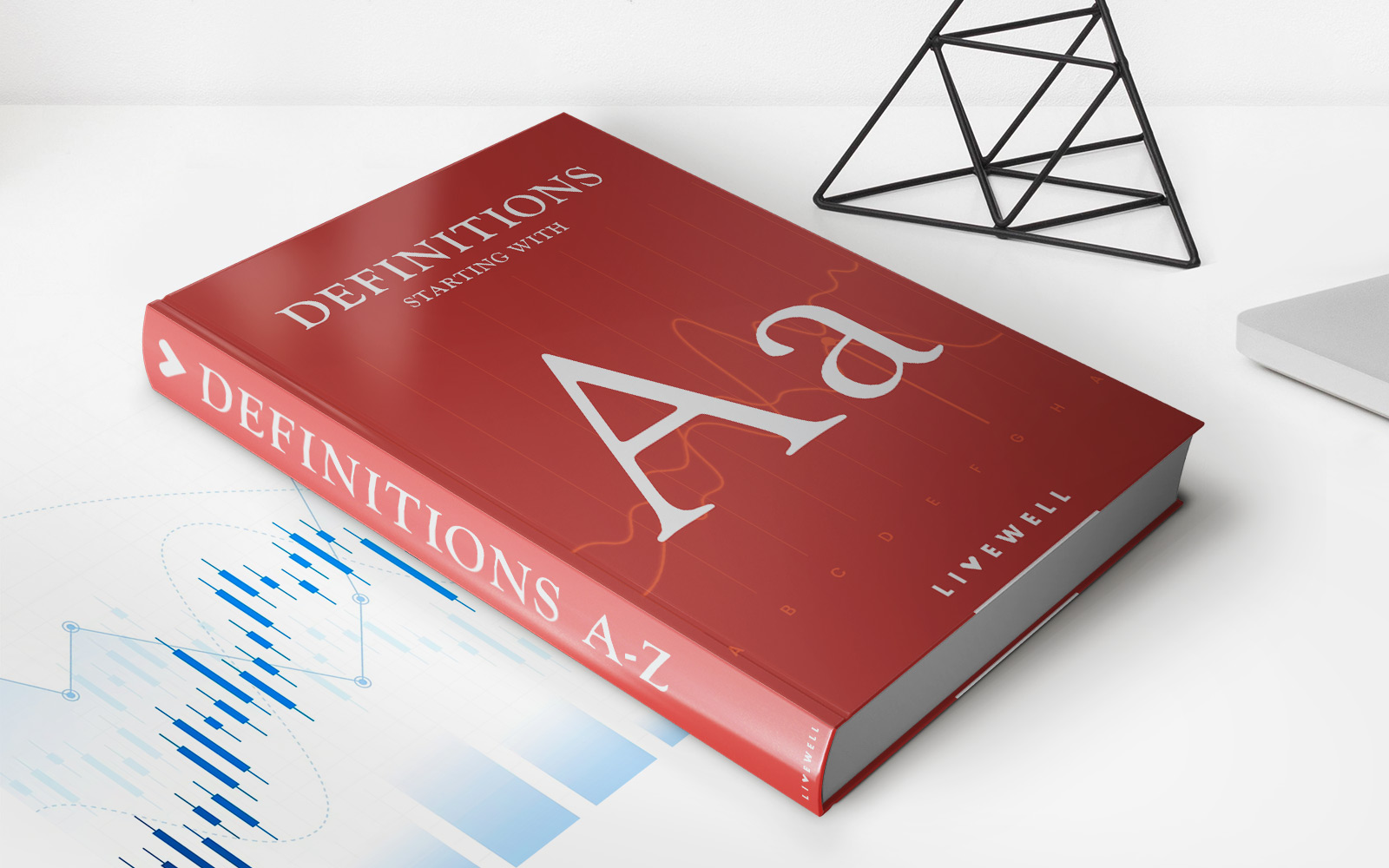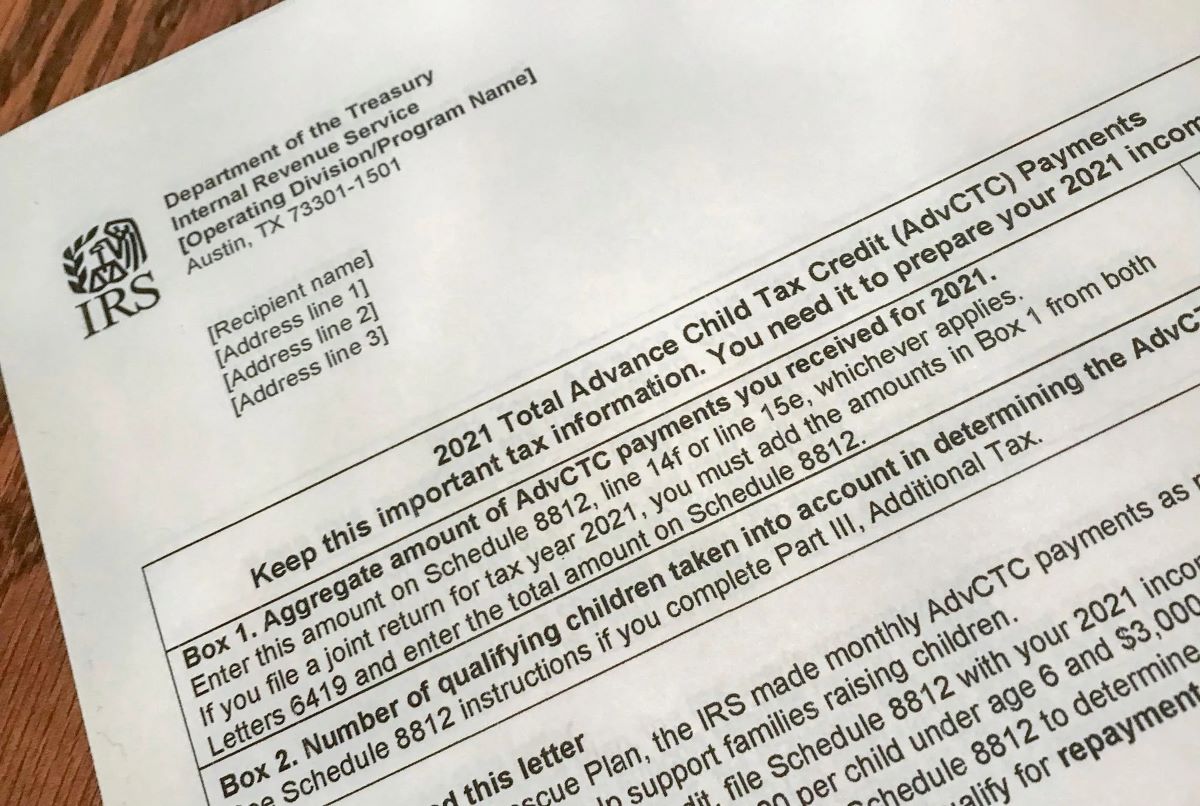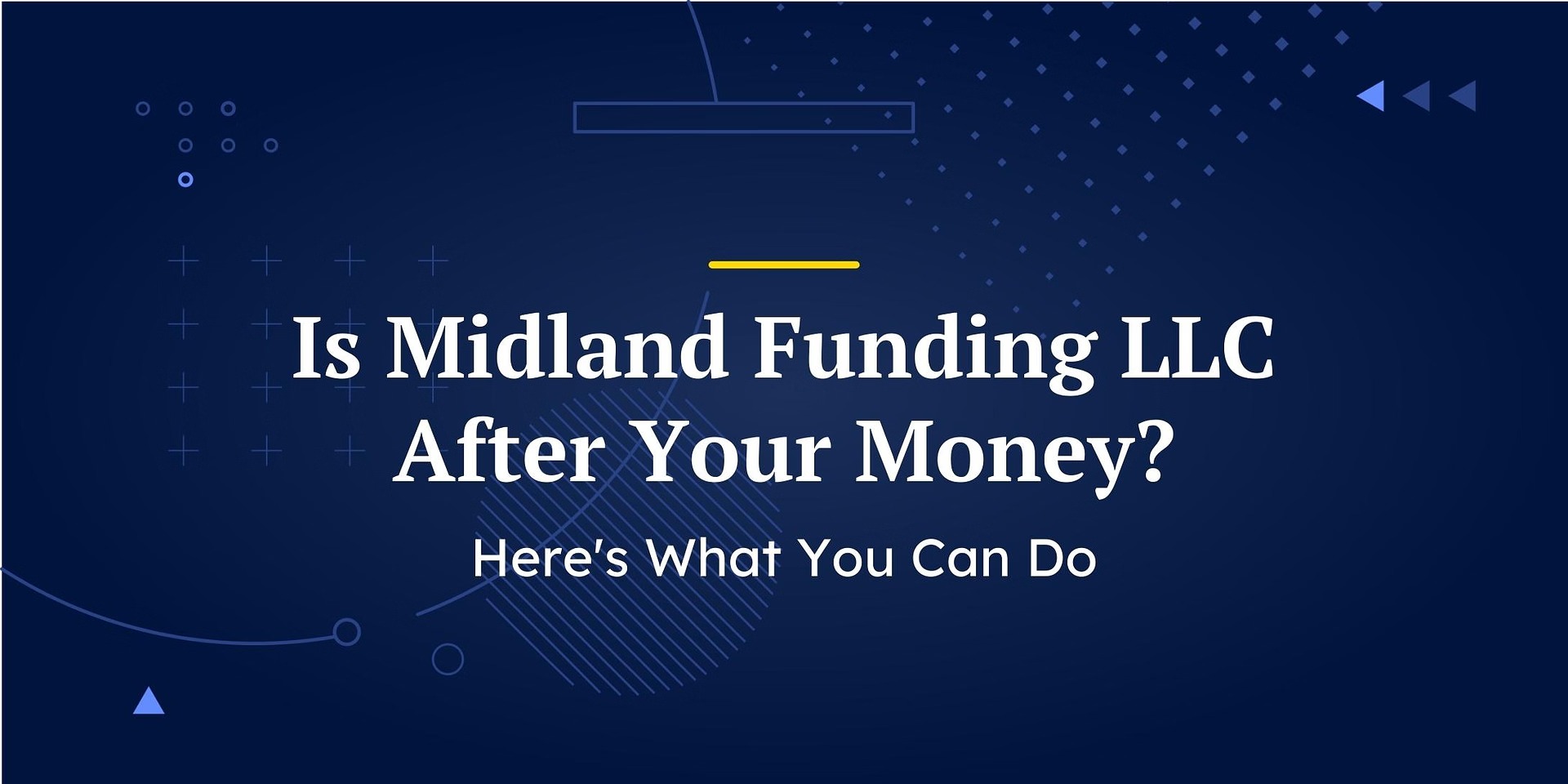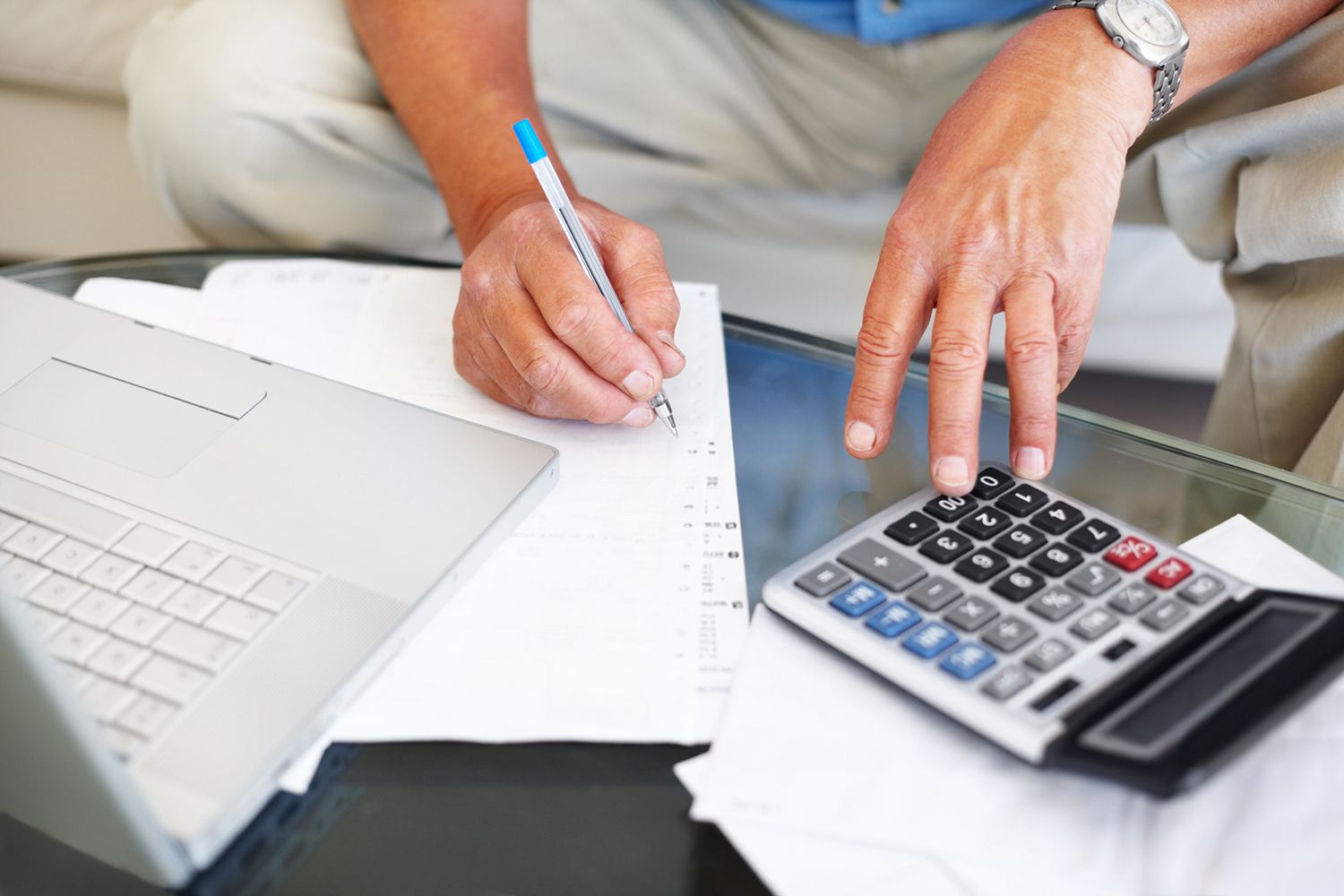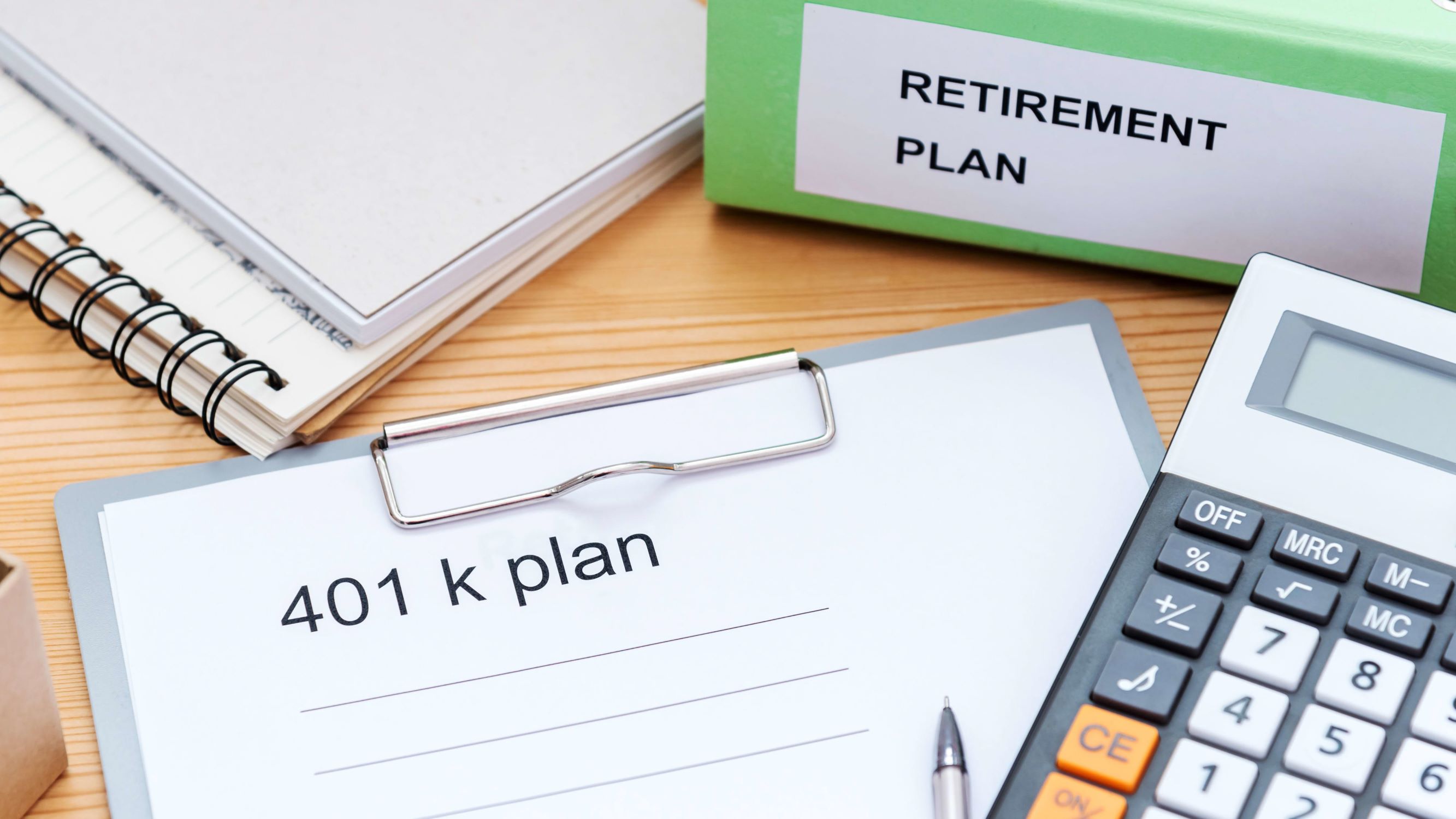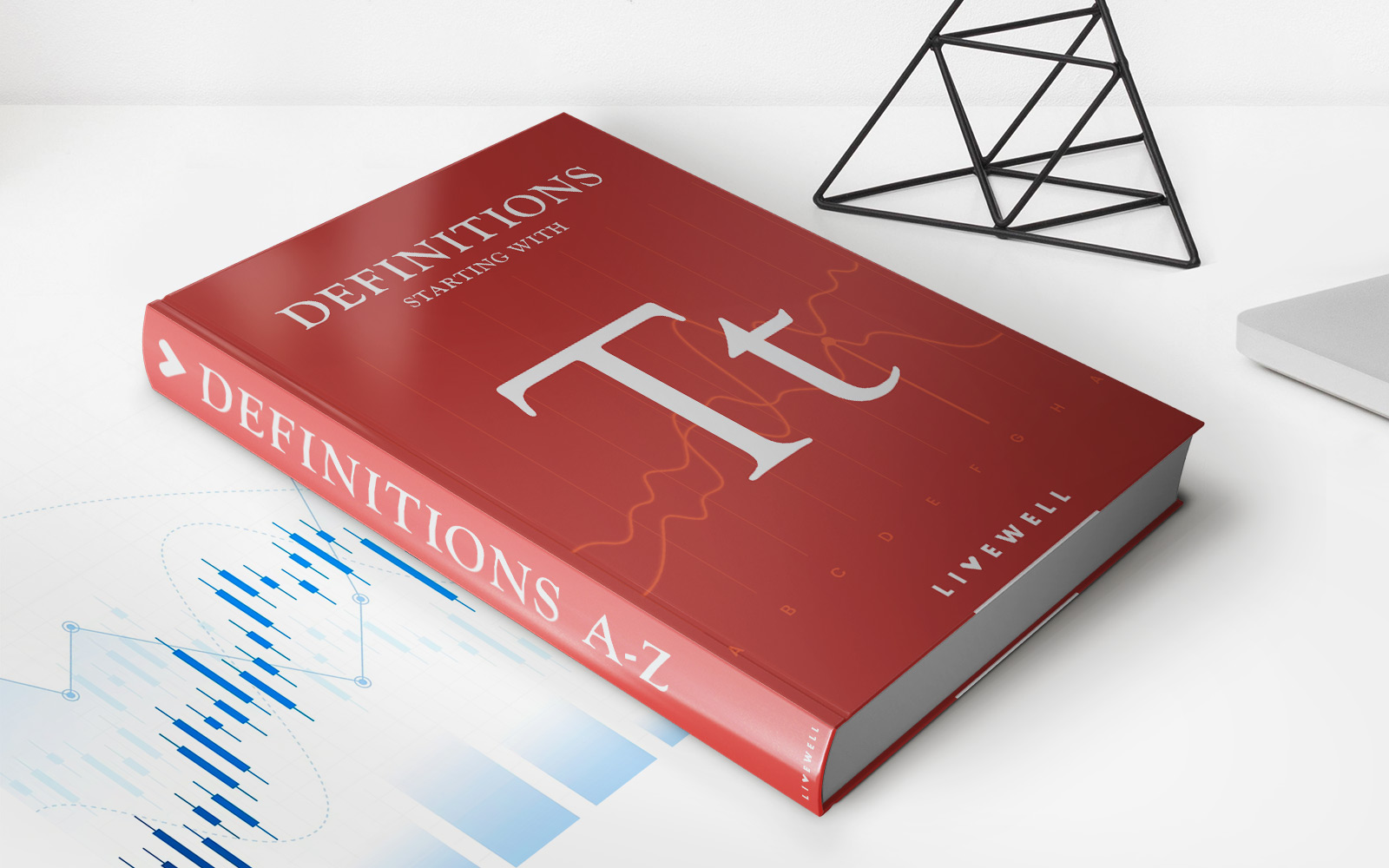

Finance
Trickle-Down Effect: Definition And Example
Published: February 11, 2024
Learn the definition of the trickle-down effect in finance and explore an example of how it impacts the economy. Discover how this concept influences wealth distribution and economic growth.
(Many of the links in this article redirect to a specific reviewed product. Your purchase of these products through affiliate links helps to generate commission for LiveWell, at no extra cost. Learn more)
The Trickle-Down Effect: Definition and Example
Finance is a vast field with several concepts and theories that can impact our everyday lives. One such concept is the Trickle-Down Effect, which is often discussed in relation to economic policies and wealth distribution. But what exactly is the Trickle-Down Effect, and how does it work? In this blog post, we’ll dive into its definition and provide a real-life example, helping you understand its implications.
Key Takeaways:
- The Trickle-Down Effect refers to the belief that economic benefits provided to the upper class will eventually benefit the lower classes.
- The effectiveness and existence of the Trickle-Down Effect have been subject to debate among economists.
To grasp the concept of the Trickle-Down Effect, imagine an economy as a water source. When a faucet is opened at the top, water flows down through various levels before eventually reaching the bottom. Similarly, according to proponents of the Trickle-Down Effect, when economic benefits are provided to the upper class, they will spend and invest that money, leading to job creation, economic growth, and eventually benefiting the lower classes. In theory, this process is expected to result in improved overall well-being for society.
However, it’s important to note that the effectiveness and existence of the Trickle-Down Effect have long been debated among economists. Critics argue that the benefits seldom trickle down as expected, highlighting that the wealthy may harbor more inclination to hoard wealth rather than invest or spend it. Additionally, the concentration of wealth in the upper class may exacerbate income inequality rather than addressing it.
An example that illustrates the Trickle-Down Effect is the implementation of tax cuts for high-income individuals. Advocates argue that by reducing the tax burden on the wealthy, they have more capital available for investment, job creation, and consumer spending. In turn, this increased economic activity benefits the lower classes through employment opportunities and improved living standards. It’s crucial to recognize that the success of such policies heavily depends on a variety of factors, including external economic conditions, government regulation, and the types of investments made by the upper class.
In conclusion, the Trickle-Down Effect is a concept in finance that posits economic benefits provided to the upper class will ultimately trickle down and benefit the lower classes. While it is a topic of ongoing debate, understanding this concept is crucial in comprehending the implications of economic policies and wealth distribution. By critically analyzing the effectiveness of the Trickle-Down Effect, we can strive for a more equitable and prosperous society.
